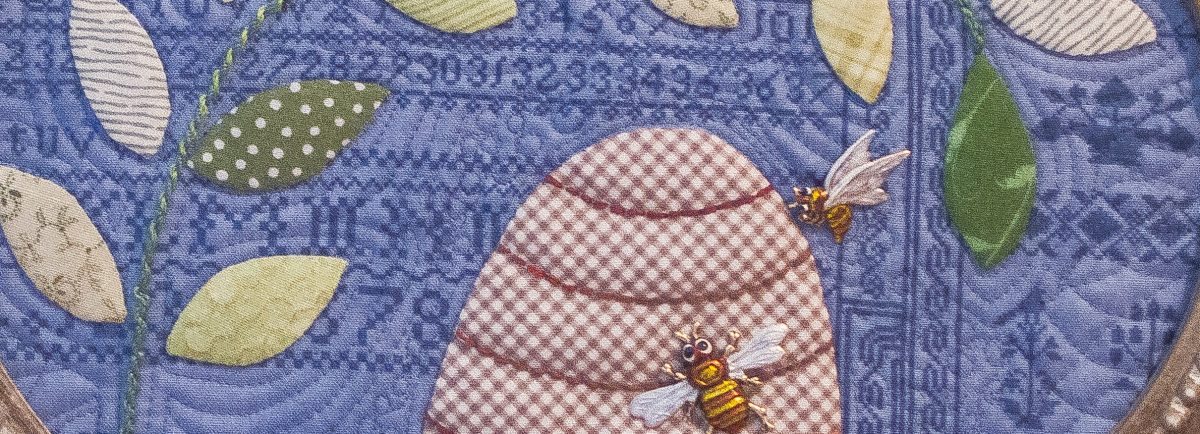It was my birthday…and a trip down memory lane. Jim did a facebook post with lots of photos from the 40 years he’s had me in his viewfinder, and we visited places that triggered even earlier memories.
We headed out the door with no particular plans in mind except maybe to visit a new-to-us antique mall, Planter’s Walk in Locust Grove. Before we even went inside, I saw a garden sculpture that sparked the day of reminiscing. And as we walked through the vendors’ booths, more and more memories surfaced.
The phrase “seeing your life flash by” is usually reserved for one’s final moments. But walking through this antique mall brought that phrase to mind. I’ll share the specifics with photos.












I usually see an item or two in an antique store that prompts memories, but I don’t recall ever seeing as many as on this day!
And, then, if that wasn’t enough nostalgia for a day, we went to the grounds where I attended camp as a child and as a teen. Now known as the Georgia FFA/FCCLA Center, I visited for several days several times in the years between 1960 and 2000. First as a camper (4-H in elementary school, FHA in high school) then attending state meetings of GALA (Georgia Association of Library Assistants) in high school, and finally with a group of educators working on curriculum in the 1990’s. Another trip there could be in my future. Quilters sometimes have retreats there….

There are changes that have taken place over the years, but a lot of the buildings and grounds are still familiar to me. Especially the dining hall. Wow. As I walked inside, I could hear the shuffling of feet as hungry kids lined up for delicious food. I could also remember the hush as a leader offered a blessing before the meal. A new larger dining room exists now, but this one has been kept as it was, furniture and all. It’s now sometimes used as a meeting space, but I bet others with memories as long as mine recognized how important it might be to revisit.


The campground has grown and changed over the years, as have I. It can now house up to 1200 people with abundant opportunities for attendees to grow and change, too. To revisit a place that was such an impactful part of my growing up was powerful!

The antique mall we visited was Planters Walk in Locust Grove. More information is here: http://www.planterswalkantiquemall.com/
The website for the Georgia FFA/FCCLA Center is here: http://www.georgiaffacamp.org/



























































































